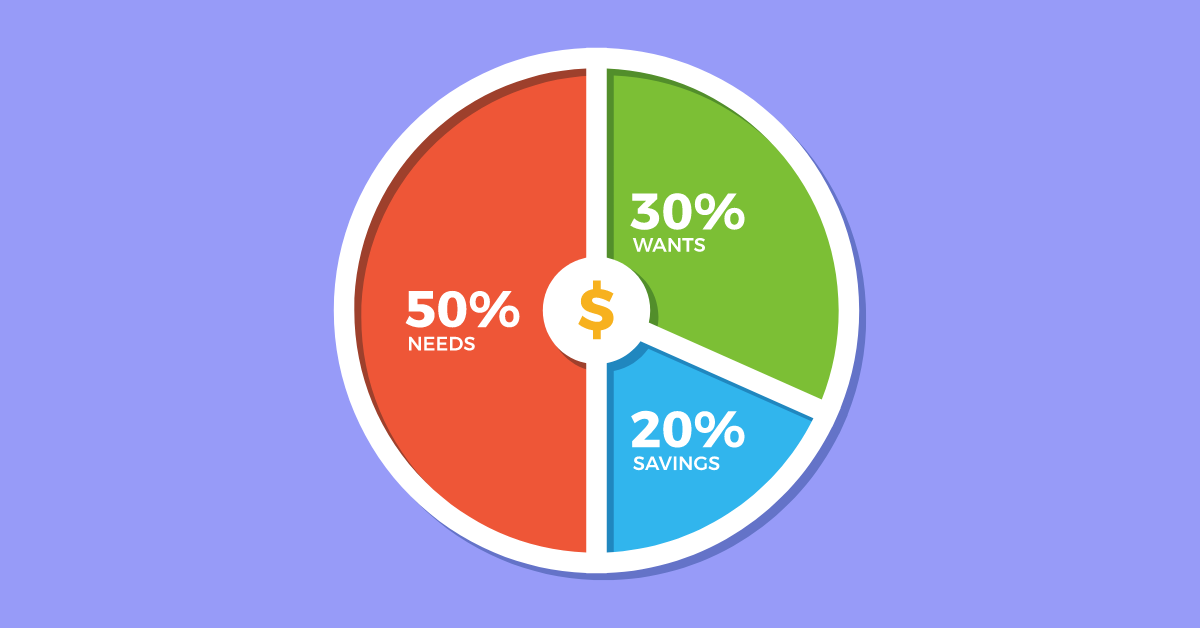In the last few months, the news of ‘FIIs trimming their exposure to equities in India’ or ‘DIIs coming to the rescue while FIIs exited’ might be hitting your ears. Do you wonder who these FIIs and DIIs are and how they have considerable control over the market? Explore this article to understand it.
This article spotlights the meaning of institutional investors, the meaning of FIIs and DIIs in the stock market, FII and DII investment in the Indian stock market, and how they affect the stock market.
Who Are Institutional Investors?
Institutional investors are those entities that pool money from numerous investors and other entities and then invest them across various financial securities. Institutional investors include
- Mutual funds
- Insurance companies
- Hedge funds
- Pension funds
- Investment trusts
- Asset Management Companies, etc.
Institutional investors can be either Foreign Institutional Investors (FIIs) or Domestic Institutional Investors (DIIs).
What Are Foreign Institutional Investors (FIIs) In The Stock Market?
Foreign Institutional Investors (FIIs) are those entities that pool money from numerous sources and invest it in another country’s financial markets. For instance, when American hedge funds invest in the Indian stock market, they are FIIs for the Indian stock market.
FIIs can earn or lose a big chunk from currency fluctuations.
Restrictions For FIIs To Invest In Equity Of Indian Companies
- FIIs are allowed to invest up to 10% of the equity of a single company.
- The maximum limit for investment in Indian companies for FIIs is 24% of the paid-up capital. The maximum limit can be increased to 30% if the individual companies have obtained shareholder approval.
- The maximum limit for investment in public sector banks for FIIs is 20% of the paid-up capital.
What Are Domestic Institutional Investors (DIIs) In The Stock Market?
Domestic Institutional Investors (DIIs) are those entities that acquire money through various resources and invest that large chunk in the home country’s financial markets.
For instance, when any Indian mutual funds invest in equity of an Indian company, they are DIIs for the Indian stock market.
FII Investment In The Indian Stock Market
FIIs may invest in the Indian stock market to have a geographically well-diversified portfolio.
Here is the data on FII net investment in the Indian stock market for the past three financial years.
| Financial year | FII net investments in equity (₹ Crores) |
| 2019-20 | 6,153 |
| 2020-21 | 2,74,032 |
| 2021-22 | -1,40,010 |
The Indian stock market has obtained the highest FII inflow in the financial year 2020-21. However, in FY22, the FIIs opted to pull back their investments.
Here is the data for monthly FII net investment in the Indian stock market until June for the calendar year 2022.
| Months | FII net investments in equity (₹ Crores) |
| January | -33,303 |
| February | -35,592 |
| March | -41,123 |
| April | -17,144 |
| May | -39,993 |
| June* (till June 27, 2022) | -47,950 |
| Total | -2,15,105 |
The negative amount implies that FII sold more than they bought in the equity market. In the year 2022, FIIs divested the highest in June 2022.
DII Investment In The Indian Stock Market
Here is the data on DII net investment for the past three financial years.
| Financial year | DII net purchase/sales (₹ Crores) |
| 2019-20 | 1,28,208.24 |
| 2020-21 | -1,32,389.13 |
| 2021-22 | 2,21,659.89 |
In the previous financial year (2021-22), DII poured in the highest money.
Here is the monthly DII net purchase/sales data for the calendar year 2022.
| Months | DII net purchase/sales (₹ Crores) |
| January | 21,928.40 |
| February | 42,084.07 |
| March | 39,677.03 |
| April | 29,869.52 |
| May | 50,835.54 |
In all five months of the calendar year 2022, the DII poured money into the market, resulting in positive figures. There was the highest DII inflow in May 2022.
What Types of FII and DIIs are allowed in India?
The following represent diverse categories of domestic and foreign institutional investors in India:
Domestic Institutional Investors (DIIs)
Insurance Firms
These have seen an increased importance over the past several years in India. They deliver financial security in the event of critical illness or unforeseen fatalities. Bajaj Allianz Life Insurance and Max Life Insurance, LIC, GICRE are some examples.
Indigenous Banks and Other Financial Entities
These institutions offer a range of services, including loans, safe deposit lockers, and assorted insurance products. The revenue earned from these operations is then channelled into the stock market. HDFC Bank, SBI, and Kotak Mahindra Bank are among these institutions.
Domestic Mutual Fund Firms
Mutual funds are among the preferred financial tools for investment in India. These firms pool capital and allocate it to suitable assets, considering the risk appetites of individual investors. ICICI Prudential Mutual Fund, SBI Mutual fund, and Nippon India Mutual fund are such entities.
Foreign Institutional Investors (FIIs):
Overseas Government Entities
These are authorized foreign bodies, organizations, or representatives permitted by a foreign country’s laws to offer welfare services. United States Agency for International Development is an example.
Foreign Central Banks
These are banks authorized by law or government to be the primary financial authority for issuing currency. They serve as custodians for the nation’s foreign exchange reserves. Examples include the European Central Bank, Bank of Japan, and Bank of England.
Sovereign Wealth Funds
In essence, these are state-controlled investment funds funded by the government. The funds contain excess amounts from the government treasury, That are invested in the bond markets or equity markets of other countries that are poised for growth. The establishment of these funds benefits a nation’s economy and its citizens. They draw their funding from numerous sources. The Korea Investment Corporation (KIC) and Taiwan National Stabilization Fund (TNSF) are examples.
Global Multilateral Entities
These are formed when three or more nations collaborate on issues of mutual importance. They ensure global affairs are managed democratically and any undertaken relief actions are justifiable. Examples include Global Environment Facility (GEF) and European Bank for Reconstruction and Development (EBRD).
How FII And DII Affect The Indian Stock Market
-
Volatility
When each market participant’s investment decision impacts the stock market, FII and DII investment decisions can lead to stock market volatility. Even the smallest market participant impacts the overall movement in the market. FIIS and DIIs are also a part of the market, and thus play a significant role in the market volatility.
When more FIIs attempt to buy equities from the Indian stock market, the market is more likely to go upward due to higher inflow. Moreover, it shows FIIs’ confidence in the Indian market and influences investors positively.
If FIIs choose to sell heftily, the market may suffer a bearish phase due to heavy outflow. Though, when DII buy corresponds to FII sell, the negative impact on the market gets reduced.
-
Liquidity
FIIs and DIIs pour in or take out a large amount of money from the market, thereby affecting the market’s liquidity. As FIIs are more trading-oriented, their actions primarily affect the short-term liquidity of the market. Usually, FII inflow increases the market liquidity and vice versa.
Final Thoughts
FIIs and DIIs are institutional investors that differ by the countries they belong to and where they invest. They both are key market participants and significantly influence the market with their actions.
Tracking the FII and DII data may give you an idea of upcoming market trends. However, assessing the reasons behind their actions is necessary before making investment decisions based on these data.
FAQs
When FII sells significantly, it affects the liquidity of the market. A vast outflow from FIIs can be a red signal for the market. However, when DII buy corresponds to FII sell, the negative impact on the market gets reduced.
Overseas institutions, for instance, Morgan Stanley, Vanguard, etc., investing in the Indian stock market are examples of FIIs. Indian institutions, for instance, LIC, ICICI Prudential, etc. investing in Indian companies are examples of DII for the Indian market.
Both Foreign Institutional Investors (FIIs) and Domestic Institutional Investors (DIIs) are key market participants. Both hold their importance, and therefore there is no particular answer to which one is better.
FIIs are institutional investors who invest outside their home country and have global investment scope. DIIs, on the other hand, are institutional investors investing inside the home country.
FIIs usually invest in various economies. Similar to individual investors, they make money from dividend/interest income and capital appreciation. Other than that, they also earn from currency fluctuations.


















